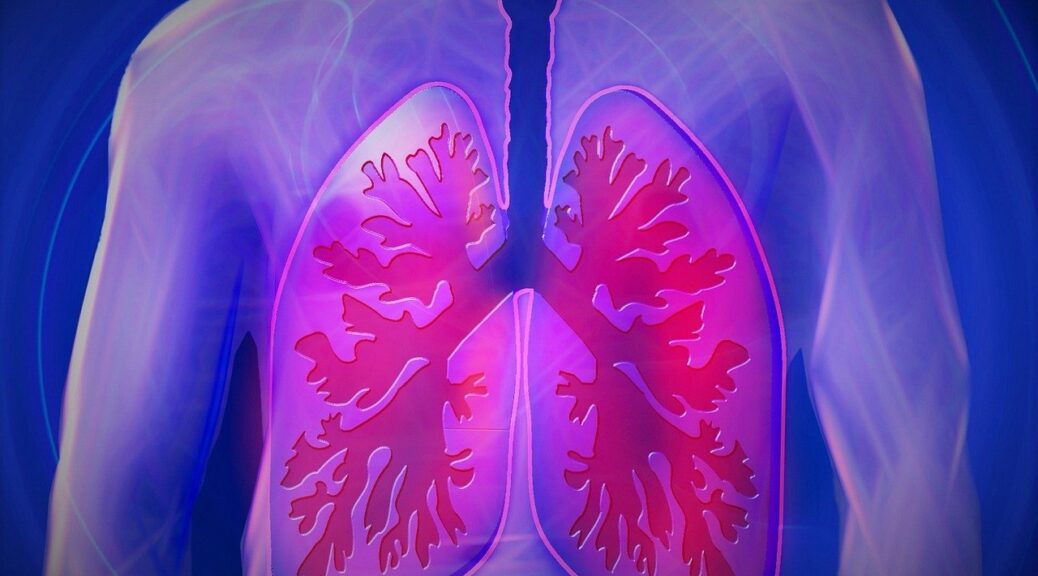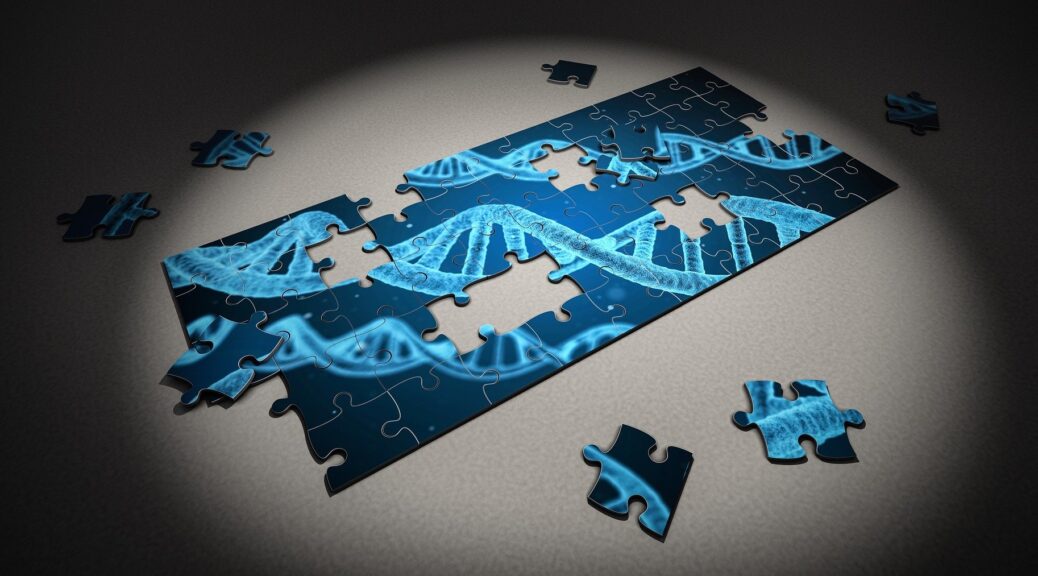It is always good to have dreams, even if they never come true. We are light years away from making aging a thing of the past. Recently, this field has been receiving a flood of private capital. I think this is good, because everyone will benefit. If these companies actually make key discoveries, it will benefit society as a whole.
Do you think everyone will benefit equally? I’m sure they will. You can’t limit certain advances to benefit only a select few. They always end up being democratized and benefiting everyone. There is a limit, however. If it is a very expensive solution, it will take longer to reach the common man. But it is possible to discover something that is really effective against aging and accessible. The more money that is spent on research in this area, the better for everyone.
Vera Gorbunova, American biologist, Le Soir (French-speaking Belgian daily), 29 May 2022.
Theme of the month: Immune system and longevity
Definition
The immune system of an organism is a biological system responsible for the defense mechanisms that enable it to fight against aggression.
The immune system is extraordinarily efficient, but also extraordinarily complex. It is inherited at birth, in a state of alertness or inactive, and evolves according to the contacts it has with pathogenic agents (bacteria, viruses, parasites…) or substances foreign to the body (poison, transplant…).
The organs of the immune system are called lymphoid organs, they are found throughout the body and include the bone marrow, lymph nodes, spleen, tonsils and thymus.
Their role is to produce the cells of immunity, but also to educate these cells to recognise substances that are part of the organism (=self) and foreign substances (=non-self). This education begins during embryonic development and decreases in intensity with age, leaving cells that have been less well educated (=immuno-senescence).
The main immune defense mechanisms: How do they work?
Inflammation is the reaction of the immune system to an aggression that may be external (infection, burns, allergy, etc.) or internal (cancerous cells) to the tissues. Faced with these aggressions, the immune system will be activated. This is called an immune response. This activation is promoted and amplified by the production of messengers (interleukins or cytokines).
The immune response is of two types, innate immunity, mediated by white blood cells (polymorphs and macrophages), and adaptive immunity, mediated by T and B lymphocytes.
- Innate immunity (non-specific defense mechanism)
It is a mechanism for the defense of the organism against infectious agents in an immediate way because it does not require cell division. These cells have the ability to recognise intruders in a non-specific manner. For example, certain white blood cells such as granulocytes and macrophages instantly eliminate the intruder by digesting it to prevent its spread. When the infection is not contained locally, specialized white blood cells called lymphocytes will come and digest the pathogen a second time.
- Adaptive immunity (specific defense mechanism)
This is a mechanism in which T cells and B cells are trained from the first years of life to recognise « self » and « non-self » cells. They function in 2 ways:
- Or by direct cell contact which leads to the destruction of the non-self cell (= cell cytotoxicity) which is carried out by T cells.
- Or by the production of antibodies by the B lymphocytes, which will also specifically recognise foreign « non-self » molecules.
Immune system diseases
Either the immune system is too weak: this is called immunodeficiency. This deficiency can be genetic, acquired through diseases (e.g. HIV infection) or through treatments (e.g. immunosuppressants) that reduce the immune defenses.
Or the immune system is too strong: these are called autoimmune diseases. In these diseases, the immune system attacks the « self » cells. These diseases include multiple sclerosis, diabetes and Crohn’s disease. But also the chronic inflammation called inflammaging which develops with age and in the absence of infection. It seems that inflammation is caused by a loss of control of systemic inflammation leading to a chronic overstimulation of the innate immune system.
Conditions that worsen considerably with age
It has often been explained in the Heales Monthly Letters that the three main causes of morbidity and mortality are cardiovascular diseases, cancers and neurodegenerative diseases. But immune system deficiencies also play a major role through the increase in infectious diseases, the rise of autoimmune diseases and the phenomenon known as « inflammaging ».
Morbidity and mortality are not usually due to a single cause. Diseases, somatic defenses and therapeutic treatments will usually progressively weaken our bodies, especially the immune system. The little phrase « Everything that doesn’t kill you makes you stronger » is sometimes true (e.g. the immune system can emerge stronger), but unfortunately often false (e.g. the immune system can become exhausted or out of balance).
Infectious diseases increase with age
Due to the decreasing efficiency of the immune system, most infectious diseases are becoming more and more dangerous over the years. Every year, for example, flu epidemics claim many victims. The elderly are also much more susceptible to hospital-acquired diseases. Moreover, especially in rich countries, bacterial resistance to antibiotics is particularly prevalent among people who have taken a lot of drugs in the past.
Finally, Covid of course particularly affects the elderly. For this disease, as for other infectious diseases, the mortality is not caused mainly because they are more affected. The much higher mortality is caused by deficient immune mechanisms, a weakened overall condition and a lower positive response to therapies.
Growth of autoimmune diseases with age
Autoimmune diseases are not always age-related. But mortality from these diseases mainly affects people who are no longer young.
In an autoimmune disease, the immune system attacks the body itself (the « self », hence the root auto). More specifically, autoimmune diseases attack either a specific organ (e.g. autoimmune thyroid disease) or several organs (e.g. lupus).
Inflammaging
As the name suggests, it is an age-related excessive inflammation. As already mentioned, inflammation is basically a normal and useful mechanism of reaction against internal or external aggressions. But in inflammaging, the mechanisms occur or continue and become harmful to the body.
The mechanism of a runaway reaction that was initially useful has been particularly observed in the last two years in the context of Covid, with what has been called « cytokine storms« .
Therapeutic perspectives
In fact, all research into vaccination is research into the immune system.
There is a great deal of research into maintaining and restoring the immune system. The most interesting approaches are those that aim to ‘teach’ the immune system to do a better job of attacking anything that harms the body, including immunotherapy and especially immunotherapy against certain forms of cancer.
One of the most promising, but so far small-scale, experiments has enabled scientist Greg Fahy to strengthen the thymus, and thus the immune system, of healthy elderly volunteers.
Good news of the month: Hevolution, a billion dollars a year against age-related diseases
Hevolution’s plans have been widely reported in the world press. This foundation has a strong longevity and universalist objective: « We believe that every human being has the right to live a longer and healthier life » is mentioned in English on the homepage. It seems that thanks to the foundation, the TAME project, which aims to test the effectiveness of metformin on humans, will (finally) be launched soon.
It is not the first major organization to announce longevity research involving hundreds of millions of dollars or euros (Google Calico and Altos Labs preceded it). But it is the first organization of its kind with (semi) public capital. It is, in fact, a royal decree from Saudi Arabia that is at the origin of this organization.
Of course, Saudi Arabia is not the place that most researchers and policy makers would choose first, but renowned researchers like Nir Barzilai are already involved.
For more information




















